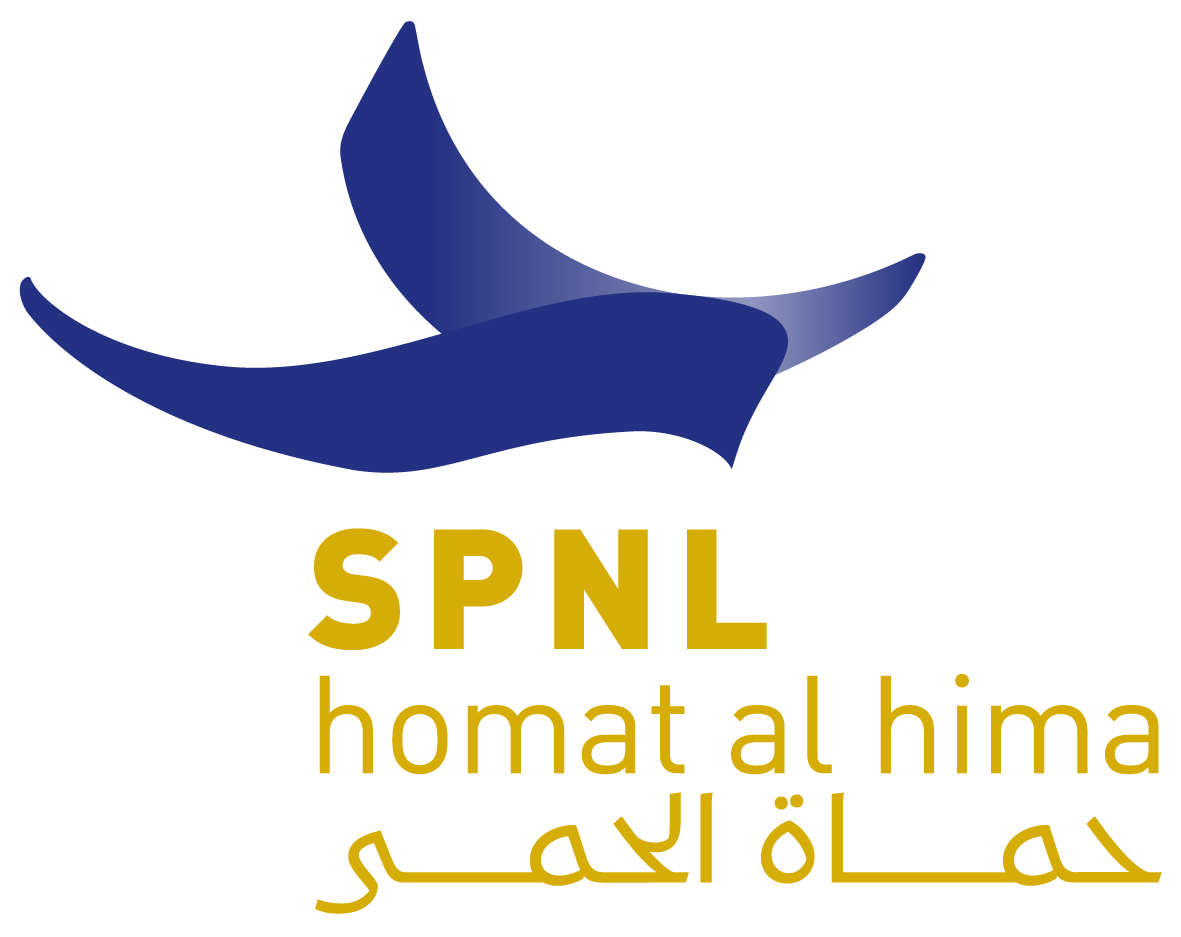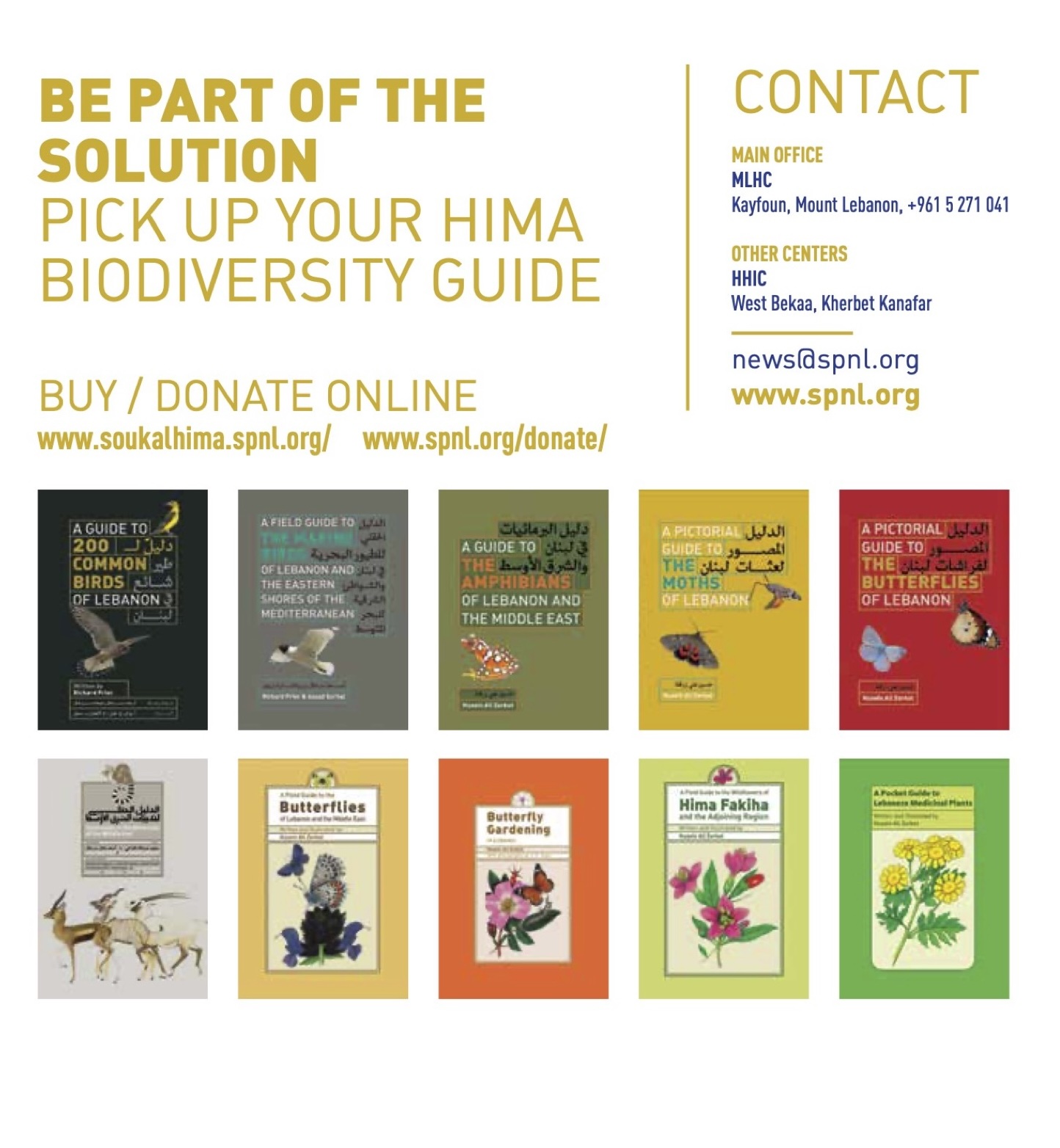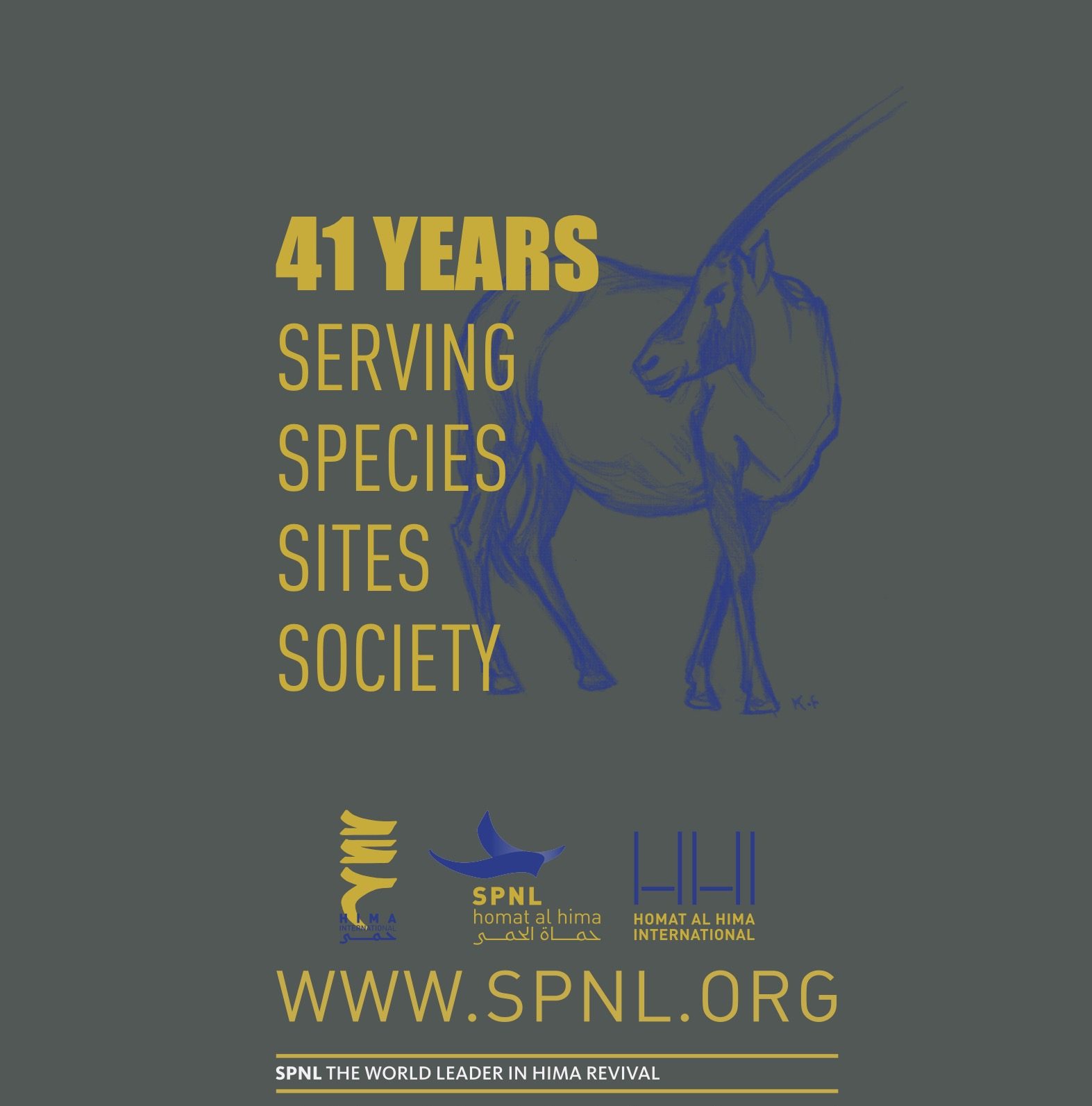Prime Minister Najib Mikati received from Minister of Environment Nasser Yassin the newly developed map of natural reserves and protected areas in Lebanon at the Grand Serail today. This map represents a significant step in the country’s conservation journey, highlighting a robust network of marine, freshwater, and terrestrial protected areas. Earlier in the day, the Prime Minister also sponsored the launch of the “National Strategy for Integrated Solid Waste Management,” approved by the Council of Ministers on December 17th of last year.
Commenting on the occasion, Assad Serhal, Founder and Chairman of Homat Al Hima International (HHI) and Director General of the Society for the Protection of Nature in Lebanon (SPNL), emphasized the importance of these achievements. He stated:
“A pivotal moment came when the Government of Lebanon, represented by the Minister of Environment, the Prime Minister, and the House of Parliament, officially recognized the Hima system in the new Protected Areas Project Law. Today, with the launch of the official Protected Areas Map—produced by the Ministry of Environment, Ministry of Agriculture, UNDP, and SPNL—we celebrate another milestone in Lebanon’s conservation journey.
Congratulations to Lebanon for taking a significant step towards achieving the global 30×30 vision! Lebanon has so far reached around 22% of the ‘Blue and Green Vision’ through an extensive network of marine, freshwater, and terrestrial protected areas, expanding from 18 nature reserves to 33 Himas.”
Serhal also highlighted SPNL’s contribution to this progress, noting that the organization has so far played a key role in reviving the Hima network, accounting for over 6% of Lebanon’s progress toward the 30×30 global target. The Hima, a traditional community-based conservation model practiced for over 1,500 years in the Middle East, has been revived by SPNL to bridge cultural heritage with modern science for biodiversity protection.
“This achievement would not have been possible without the dedication of local Hima communities, the tireless efforts of SPNL’s team, and the generous support of our invaluable partners,” Serhal said. He extended gratitude to organizations including BirdLife International, IUCN, MAVA Foundation, the EU, HWF, SRT, CEPF, EuroNatur, Mercy Corps, GEF, GIZ, the Japanese Embassy, USAID, the Swiss Embassy, AFD, FEEM, Care International, AEON Foundation, Dubai Municipality, UN-Habitat, UNDP, UNEP, ESCWA, and many others.
Serhal also acknowledged the contributions of SPNL’s “Homat Al-Hima” heroes, whose efforts over the past 41 years have been instrumental in establishing a resilient network of protected areas. Since the launch of Lebanon’s first Hima in Ebel El-Saqi, Southern Lebanon, in 2004, SPNL has worked to inspire and empower communities to take ownership of conservation efforts locally and globally.
“Together, we are ensuring that Lebanon remains a beacon of biodiversity and sustainable conservation practices for generations to come,” Serhal added.
Background
The Protected Areas Map is the result of a joint effort by the United Nations Development Programme (UNDP), the Ministry of Environment, the Ministry of Agriculture, and the Society for the Protection of Nature in Lebanon (SPNL). It highlights Lebanon’s diverse landscapes, from marine Himas along the Eastern Mediterranean to its mountains, valleys, wetlands, and semi-deserts.
LBN Protected Area A1 Poster r19-RGB-noQRNotable Achievements
- National Recognition: Inclusion of the Hima system in Lebanon’s Protected Areas Law.
- Global Recognition: Through BirdLife International, connecting Himas to Important Bird and Biodiversity Areas (IBBAs) and IUCN Motion 121.
- Prestigious Awards: Midori Prize for Biodiversity, UN-Habitat, and Dubai Municipality Award.
The Hima model, redesigned by SPNL, integrates traditional practices with modern conservation science to provide nature-based solutions, making Lebanon a key player in global biodiversity conservation. This innovative approach aligns with Lebanon’s commitment to the 30×30 Global Target—protecting 30% of its land and sea by 2030.








